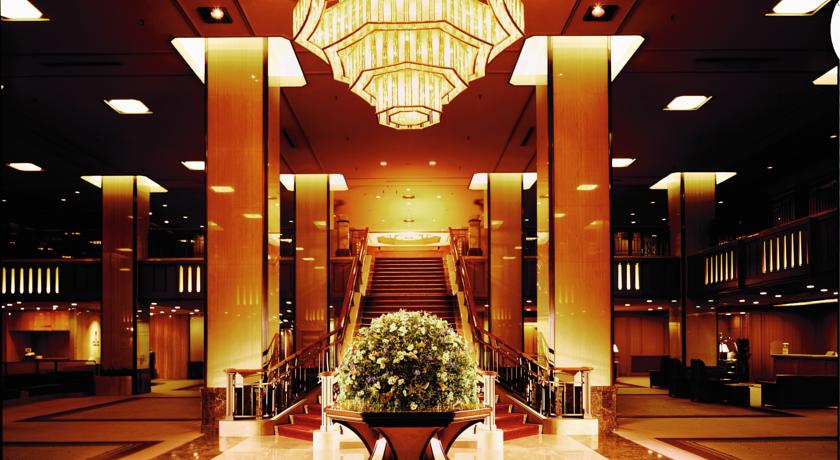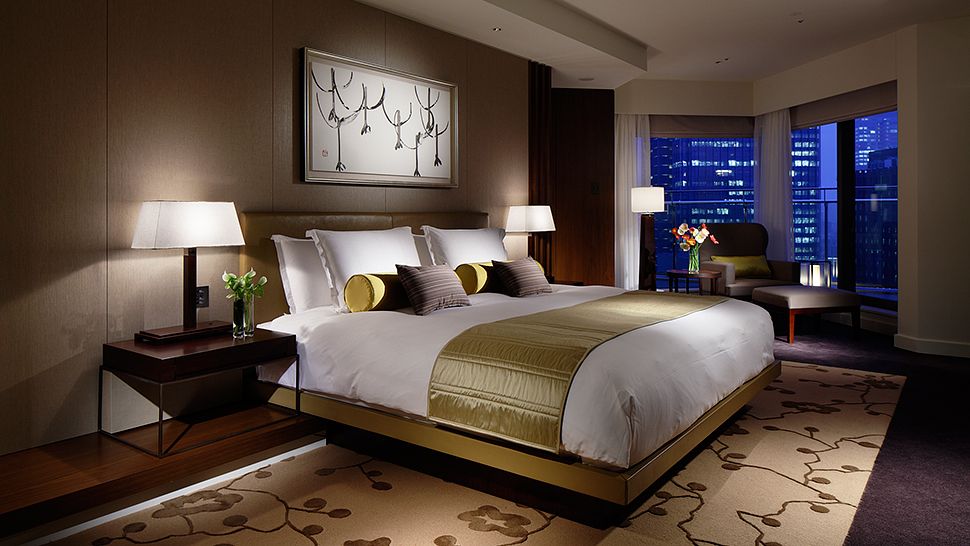Venue & Hospitality
Conference Dates: September 19-21, 2018
Hotel Services & Amenities
- Audio/Visual Equipment Rental.
- Business Center.
- Business Phone Service.
- Complimentary Printing Service.
- Express Mail.
- Fax.
- Meeting Rooms.
- Office Rental.
- Photo Copying Service.
- Secretarial Service.
- Telex.
- Typewriter.
- Video Conference.
- Video Messaging.
- Video Phone.
- ATM.
- Baggage Storage.



Transportation
Driving Directions to
Board the bus or our hotel shuttle to visit attractions and the airport
Getting around Narita and Tokyo is easier thanks to convenient transportation options at the Radisson. Our complimentary hotel shuttle service offers easy access to the city of Narita, Tokyo’s attractions and Narita Airport (NRT). In addition, a highway bus travels between the Radisson and Tokyo Station 16 times a day.
Taking a highway bus from Tokyo Station
The highway bus stops at the Yaesu exit, which is near Daimaru department store. The Yokaichiba Sousa bus line #3 stops at Radisson Narita. One-way tickets for adults cost JPY 1,460 per person. Tickets for children 12 and under in a separate seat cost JPY 730. Guests must purchase tickets before getting on the bus. Ticketing counters can be found near bus stops. Please speak with bus company staff if you need assistance.
Route Map
About City
Greater Tokyo is the world's most populous metropolitan area and is the center of Japanese culture, finance, and government. A bustling cosmopolitan city, Tokyo is also a major transportation hub and a world economic and industrial center. The city boasts a large number of world-class institutions of higher education, the highest concentration of universities in Japan. Tokyo was known as Edo until 1868, when the Japanese imperial family was moved there from Kyoto. Metropolitan Tokyo is generally defined as the four prefectures of Tokyo, Saitaima, Kanagawa, and Chiba, while the city of Tokyo proper usually refers to the 23 wards in Tokyo prefecture itself. The metropolitan area includes the major cities of Yokohama (the second largest city in Japan), Kawasaki, and Chiba, as well as rural mountain regions west of the city, the Izu Islands outside Tokyo Bay, and the Bonin Islands to the southeast in the Pacific Ocean.
